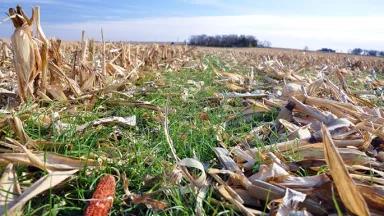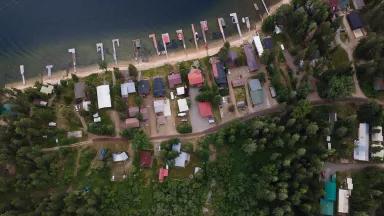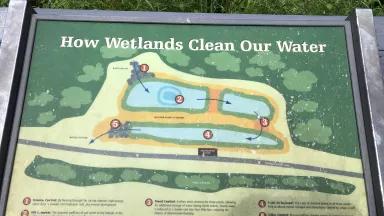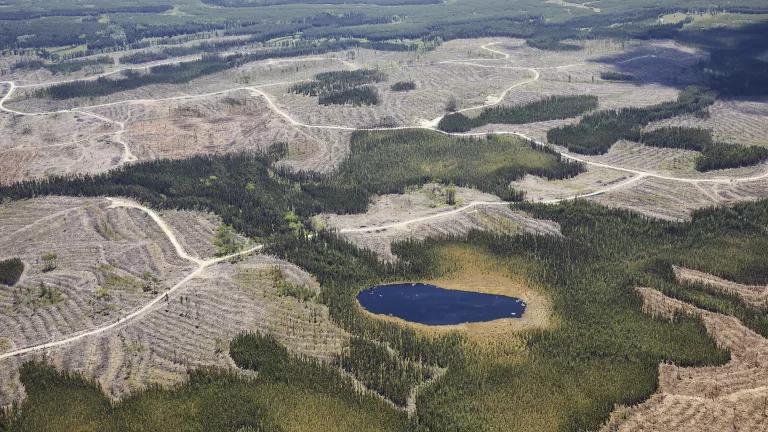
Wetlands store a vast amount of carbon, curb the growing risk of floods, recharge groundwater, and improve water quality, making them crucial to addressing both climate change and the biodiversity crises. Even though wetlands cover only about 5 percent of the land in the coterminous United States, they support nearly half of all species federally listed as threatened or endangered, harbor more than 30 percent of plant species, and provide essential habitat for up to half of all North American bird species. But wetlands in the United States remain highly vulnerable to loss, with today’s wetlands covering less than half the acreage that they covered in the 1700s.
We must prioritize implementation and funding of policies designed to protect those that remain and restore degraded and lost wetlands, including prioritizing wetland protection in 30x30, establishing a National Healthy Riverscapes Initiative, investing in FEMA’s natural infrastructure programs to increase community resilience to climate change and flooding, and expanding the USDA’s Agroforestry and Riparian Forest Buffer Initiatives. Finally, the EPA and U.S. Army Corps of Engineers must enforce clean water act protections for wetlands.
By taking these steps, the U.S. government can safeguard wetland ecosystems and help secure a sustainable future.





